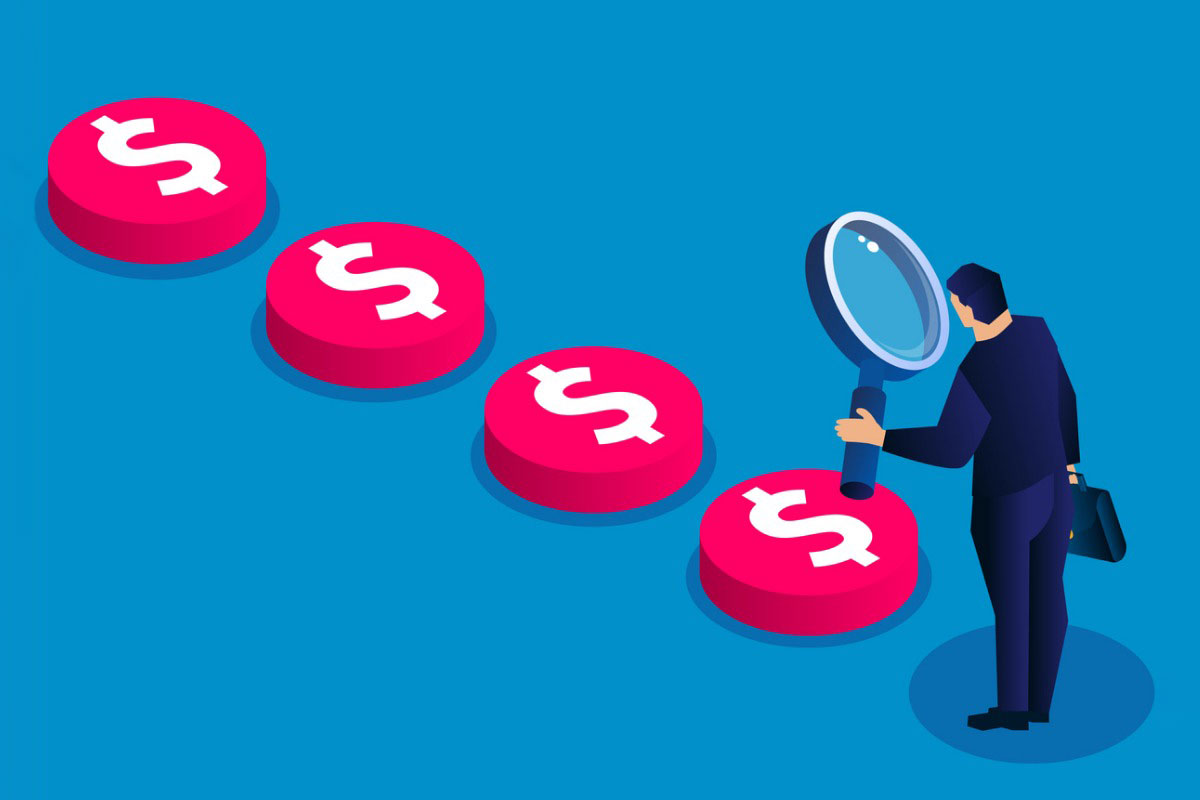
Don’t look for the Federal Reserve to make good on its plans to bump up short-term rates or to end its bond buying for a while, says economist Nouriel Roubini, known for his bearish views.
“They are going to wimp out,” the CEO of Roubini Macro Associates said in an interview with Bloomberg Television. “They are going to postpone any finishing of tapering or raising rates.”
The Fed has indicated that it intends to begin tapering its $120-billion-per-month bond-buying campaign, likely starting later this year and ending next summer. The so-called dot plot from its September meeting, a poll of Fed board members’ projections, signaled they are evenly split on whether to start boosting the federal funds rate in 2021 or 2022.
Roubini described a stagflation scenario, where inflation above 3% persists for several quarters and economic growth slows. The just-reported Consumer Price Index (CPI) for September, up 5.4% from 12 months before, adds some impetus to the inflation part of the equation. Higher inflation numbers began cropping up in the spring. And analysts have lowered their estimates for gross domestic product (GDP) growth, albeit not to any alarming level. The Conference Board estimates the economy will slow to a 3.5% yearly pace in the third quarter, down from 6.7% in the second period.
Stagflation, meaning growth slides as inflation accelerates, will be with us “for several quarters,” Roubini said. He is listened to because of his one huge spot-on forecast. Nicknamed Dr. Doom, he won renown for predicting the housing bust and its devastating effect on the world economy, an augury that came true in 2008.
Let’s face it: Roubini’s idea of stagflation lacks the extremes, longevity, and destructive power of the 1970s version. But his stagflation, as he describes it, will have its most profound impact on Fed policy and those of other central banks. “It becomes a very tough dilemma for central banks,” he said. If growth slows, the Fed will “end up being dovish.”
Although the Fed’s official line is that the current inflation spurt is temporary, Roubini pointed to evidence that some of its causes show little signs of abating, namely supply chain bottlenecks and labor shortages. And these forces also are slowing economic growth, he noted.
None of this will be kind to the stock market, he added. Ditto for bonds, as he expects long bond yields to potentially keep escalating, pushing down their prices. The 10-year Treasury closed Tuesday at 1.58% and has traveled quite a distance since early August, when it was 1.17%.
Roubini’s recommendations for refuge interim investments were pretty standard fare for an inflation scenario: Treasury inflation-protected securities (TIPS), real estate, and commodities such as gold and oil. He predicted that oil, now going for just about $80 per barrel, likely will reach $100 before too long, depending on the winter weather and factors such as the behavior of foreign crude producers like Saudi Arabia.
Related Stories:
So the Federal Reserve Doesn’t Care About the Stock Market? Baloney
Why the Fed Won’t Tighten Soon: Too Much Unemployment, Says Strategist
Dr. Doom Forecasts a Recession in 2020
Tags: 10-Year Treasury, dot plot, Dr. Doom, Federal Reserve, GDP, Inflation, Nouriel Roubini, stagflation, taper
